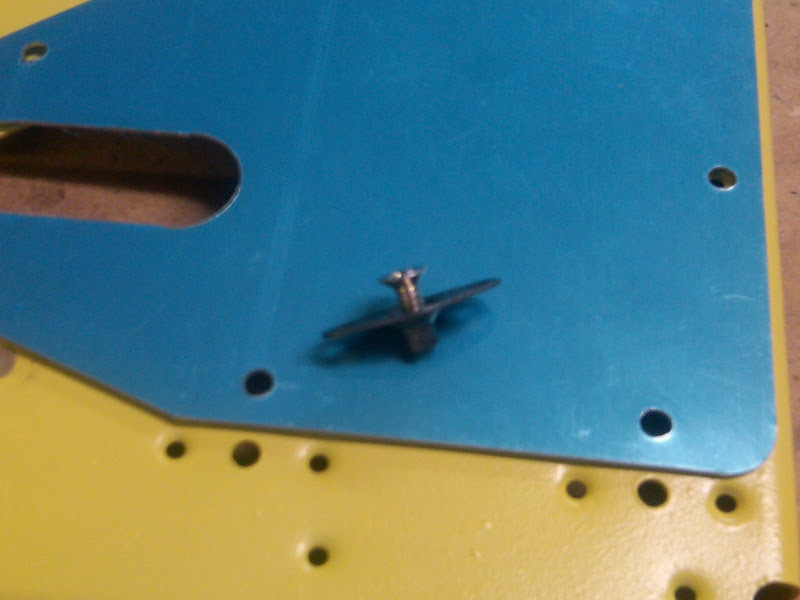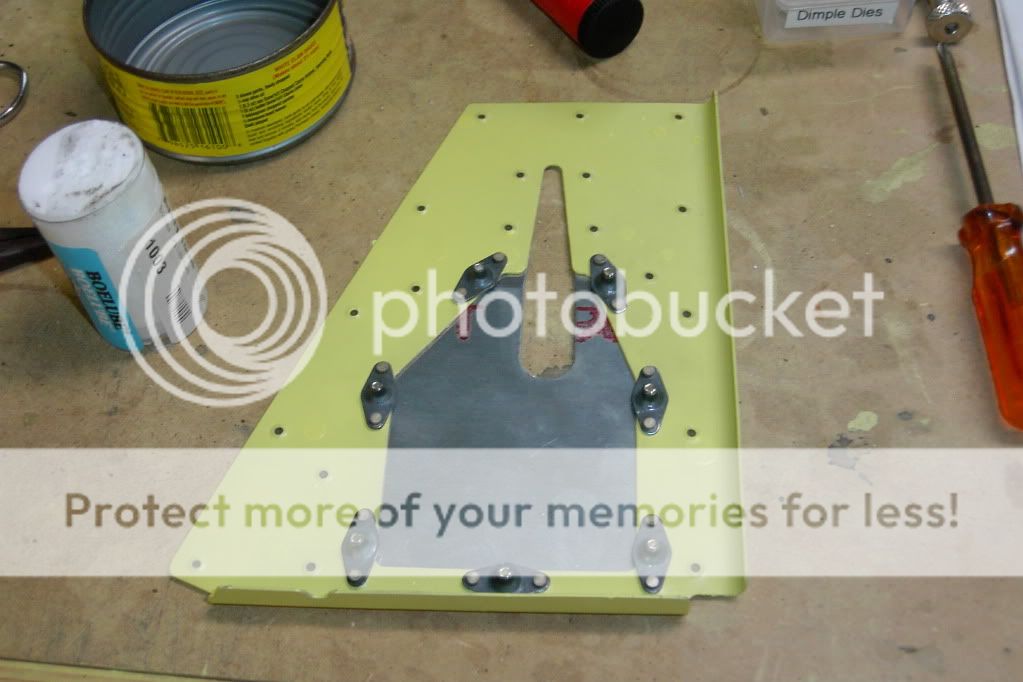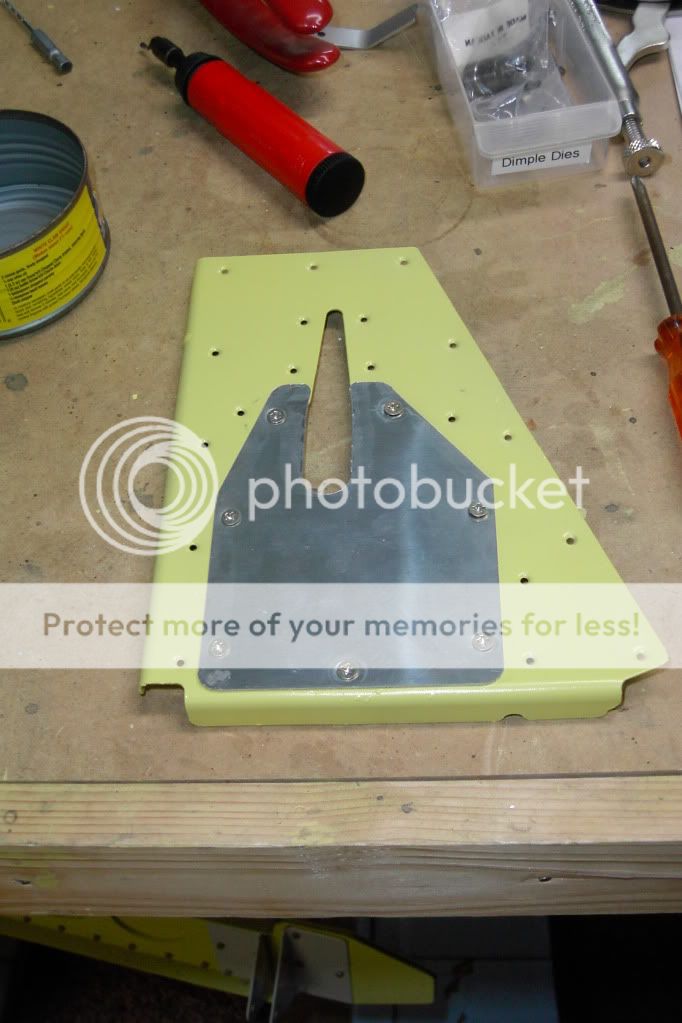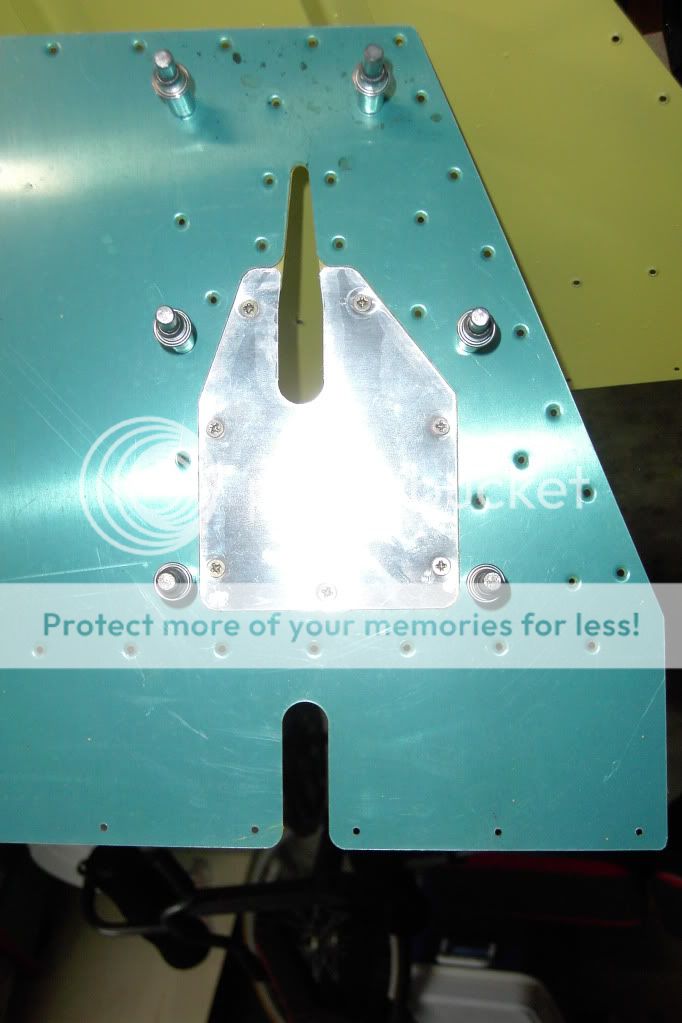I am prepping the little cover panel that covers the trim mechanism on the left elevator. I riveted the first anchor nut in place (the K1100-6). I then inserted one of the size 6 machine screws. It will not go in all the way which I understand is how the anchor nut is designed so that it will hold the screw in place. However, it sticks out so far that after countersinking the cover panel, these screws will protrude the height of their heads.
I could muscle in the screw with a big screwdriver to get it in far enough to fit flush but common sense says not a good idea. Should the screws fit further into the plate nuts?

https://picasaweb.google.com/102408902014969471592/RV8Elevator?authuser=0&feat=directlink
Thanks
Mark Jackson
I could muscle in the screw with a big screwdriver to get it in far enough to fit flush but common sense says not a good idea. Should the screws fit further into the plate nuts?

https://picasaweb.google.com/102408902014969471592/RV8Elevator?authuser=0&feat=directlink
Thanks
Mark Jackson
Last edited by a moderator:







